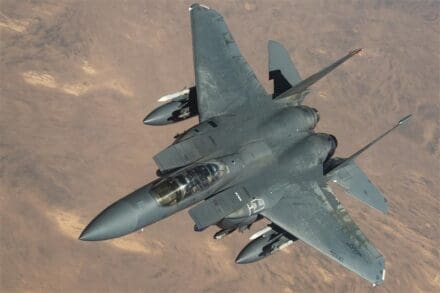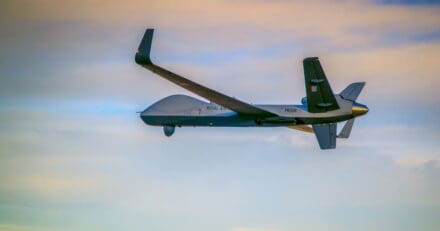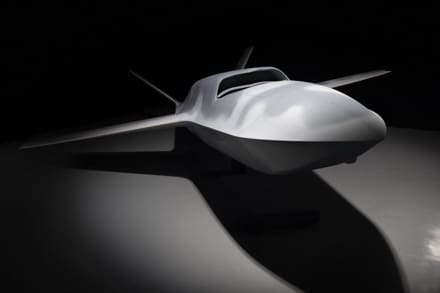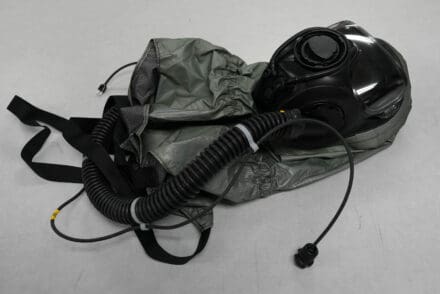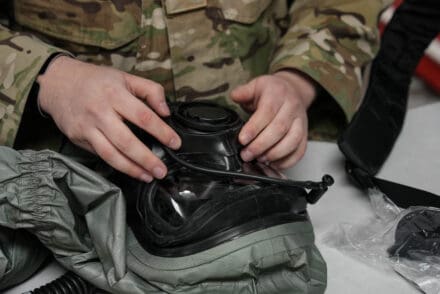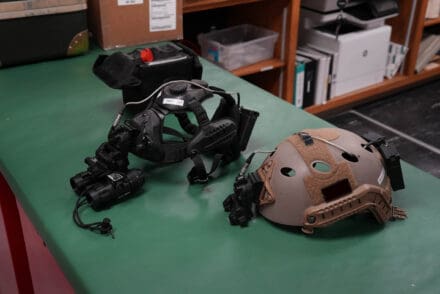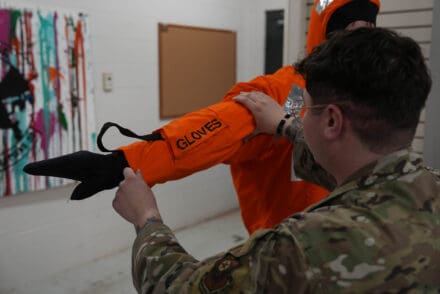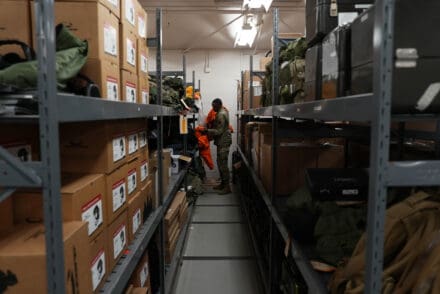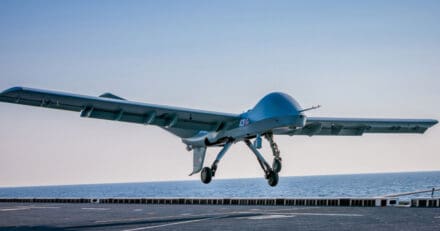HURLBURT FIELD, Fla. —
At 98 years old, retired U.S. Air Force Lt. Col. Bill Buice never imagined he’d see another Skyraider take flight.
Looking ahead, he smiled as the hum of the aircraft’s turboprop engine deepened as it drew closer.

Joined by his family and members of Air Force Special Operations Command, Buice watched as the first missionized OA-1K Skyraider II arrived at Hurlburt Field, Florida, April 3, 2025.
As the OA-1K Skyraider II taxied, Buice said the moment brought back a wave of memories. To him, this was more than a new aircraft—it was a tribute to the original A-1 Skyraider, the plane he piloted during the Vietnam War until the day he was shot down nearly 60 years ago.
***
Rolling in for a pass to inspect the area below, Buice heard a sudden explosion.
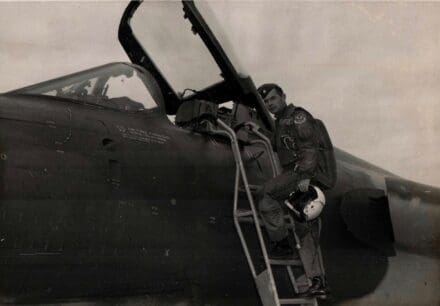
It was July 9, 1968, and Buice, call sign “Firefly 16,” and his wingman, “Firefly 17,” were providing cover for a formation of American helicopters flying in northern Laos, near the Vietnam border.
Looking through the canopy of his A-1 Skyraider, he spotted a fire on the left wing of his aircraft.

Buice dumped the hydraulic system pressure to extinguish the flames. It worked, but the wing had a gaping hole, and the magnesium casting continued to burn.
He pulled the aircraft into a climbing turn, looking for a place to land. His teammates warned him over the radio.
“Not in the valley, whatever you do,” they urged, warning the enemy could be there.
Knowing he would soon lose complete control of the aircraft, he reversed his rudder controls, forcing the A-1 into a faster roll. Inverting the plane, he pulled the ejection handle as soon as he could see the sky through the canopy.
“The canopy disappeared with a bang,” Buice recalled. “Then nothing.”
He saw the jungle rushing up. His airspeed increased and altitude dropped. He pulled the handle again.
The rocket fired, pulling him from the cockpit. His parachute deployed, slowing his descent. He crashed through the jungle, hitting a tree and injuring his shoulder and quickly realized he couldn’t move his right arm.
Hearing noise nearby, he used his left hand to reach for his pistol and call for help with his radio.
Moments later, an Air America helicopter arrived. Owned and operated by the CIA, Air America was a cargo and passenger airline that provided air support for the U.S. and its allies during the Vietnam War.
A pilot came down to help Buice onto the lift, but as they ascended, the weight was too much.
“I insisted that he join me for the trip up, but it was too heavy,” Buice recalled. “So I gave him my radio and pistol, and he stayed behind, hoping another chopper would get to him before the bad guys did.”
Buice was airlifted to Udorn Royal Thai Air Force Base, Thailand for urgent medical treatment. Ultimately, his shoulder injury would end his 20-year Air Force career.
For decades, Buice often thought about the man who had rescued him, wondering if he made it out alive.
***
Sitting beside Buice at the OA-1K delivery ceremony was Phillip Jennings, a retired Air America helicopter pilot—the very man who had saved him that day. Over the years, the two had reunited only a handful of times, making this moment even more special, Jennings noted.

“I knew from the moment I watched him get shot down that we would have to go get him,” Jennings said. “I’m elated to be able to be here to see him be recognized and honored. He was the real hero that day, saving the Air America helicopters from landing in the deadly gunfire that shot his A-1 down.”
Though the crash ended his flying career, Buice said he has always felt a connection to the A-1 Skyraider.
As a pilot, Buice liked the A-1 for it’s ability to fly for an extended period while also being able to carry a large payload of ammunition.
The OA-1K Skyraider II now carries on that role, equipped with advanced weapons systems for light attack and reconnaissance missions for AFSOC.
Taking a moment to look at the new aircraft, Buice reflected on what it meant for the next generation of Skyraider pilots.
“I hope they embrace the challenges, the accomplishments—even the fear and the adrenaline,” he said. “There will be a day when they can no longer do this. Today is not that day.”
Today, Buice lives at the Hawthorne House, an assisted living neighborhood in the Air Force Enlisted Village in nearby Shalimar, Florida. The Air Force Enlisted Village is a community for retired enlisted military members and their surviving spouses.
By SSgt Natalie Fiorilli, Air Force Special Operations Command Public Affairs
